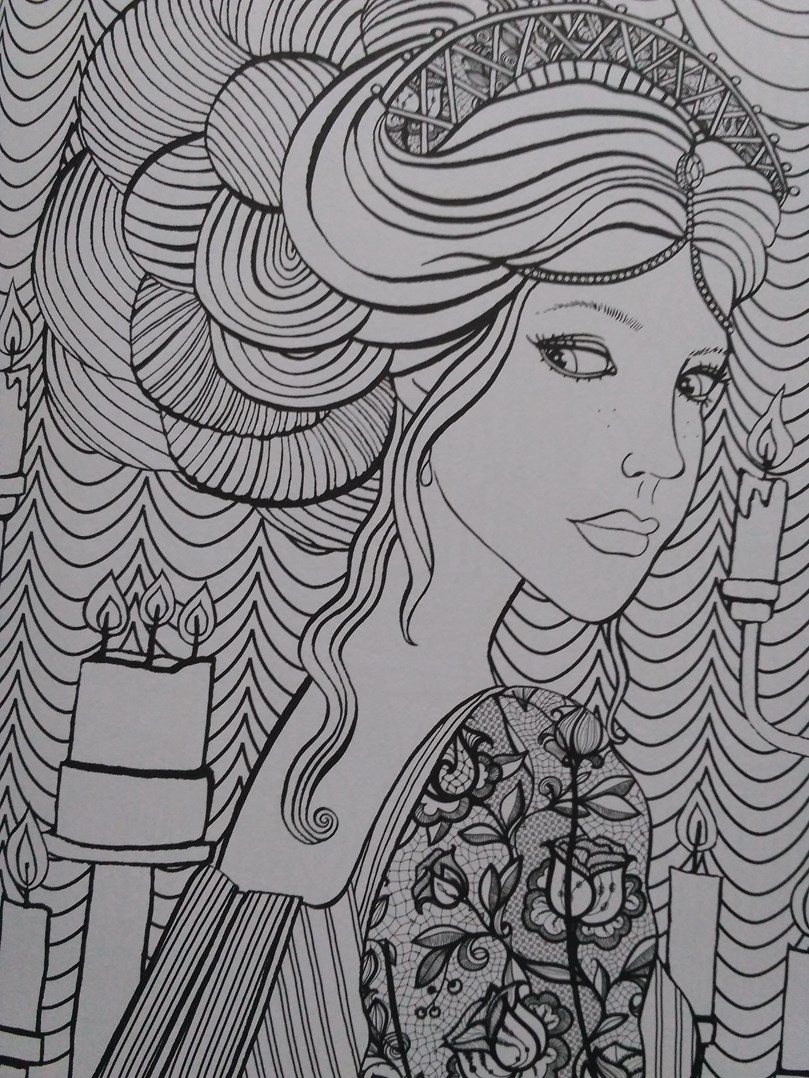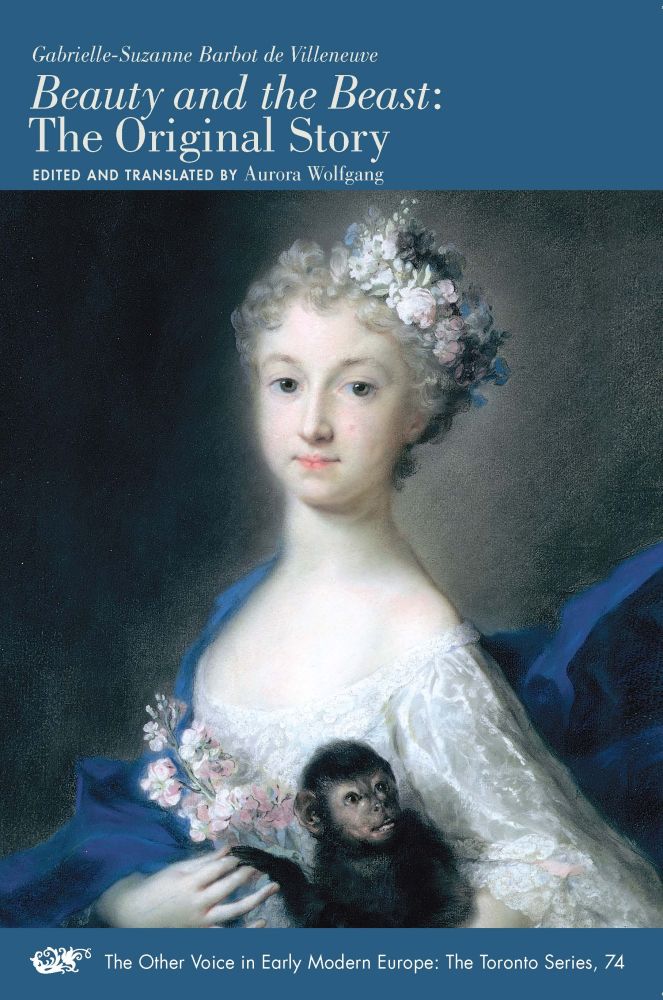

In fact, according to one Victorian scholar, tales of humans cursed to live as animals owed more to the ancient belief in metempsychosis than to morality and romance. However, there was far more to the tale of La Belle et la Bête than simple advice to young ladies that they must look deeper than surface appearances.

A lesson on choosing a worthy (though possibly less attractive) man instead of a handsome rake or a scoundrel. This is a lesson which many an eighteenth and nineteenth century parent would have sought to drive home to their daughters. A young woman learns which qualities are most important in a prospective husband and, only by choosing wisely, does she earn her happy ending. Taken as a whole, La Belle et la Bête appears, on its face, to be more of a morality lesson than a fairy tale. Cover of Beauty and the Beast, An Illustrated Picture Book by Walter Crane, 1874. The spell now broken, Beauty and her handsome prince marry and proceed to live happily-ever-after. The prince informs her that a wicked fairy had cursed him to remain a monstrous beast until a young and beautiful girl agreed to be his wife. No sooner does she declare her love for him, than the Beast is transformed into a handsome prince. “It is neither wit, nor a fine person, in a husband, that makes a woman happy, but virtue, sweetness of temper, and complaisance, and Beast has all these valuable qualifications.”

In an abridged version of the tale, written by Jeanne-Marie LePrince de Beaumont in 1756, Beauty explains: It is only after going away from him to pay a visit to her father that she truly accepts just how little a handsome appearance matters when choosing a husband.

Nevertheless, she refuses the Beast’s daily proposals of marriage. There was a handsome prince cursed to live out his days as a monstrous beast and a courageous beauty who consents to be his prisoner in order to save her father.Īs Beauty comes to know the Beast better, she soon realizes that, though he is monstrous to look upon, he has a good heart and a generous spirit. Widely viewed as the oldest version of Beauty and Beast, La Belle et la Bête contained all of the now familiar elements of the much beloved story. Within, was the fairy tale La Belle et la Bête. In 1740, French author Gabrielle-Suzanne Barbot de Villeneuve wrote and published a collection of stories entitled La Jeune Ameriquaine et les Contes Marins.


 0 kommentar(er)
0 kommentar(er)
